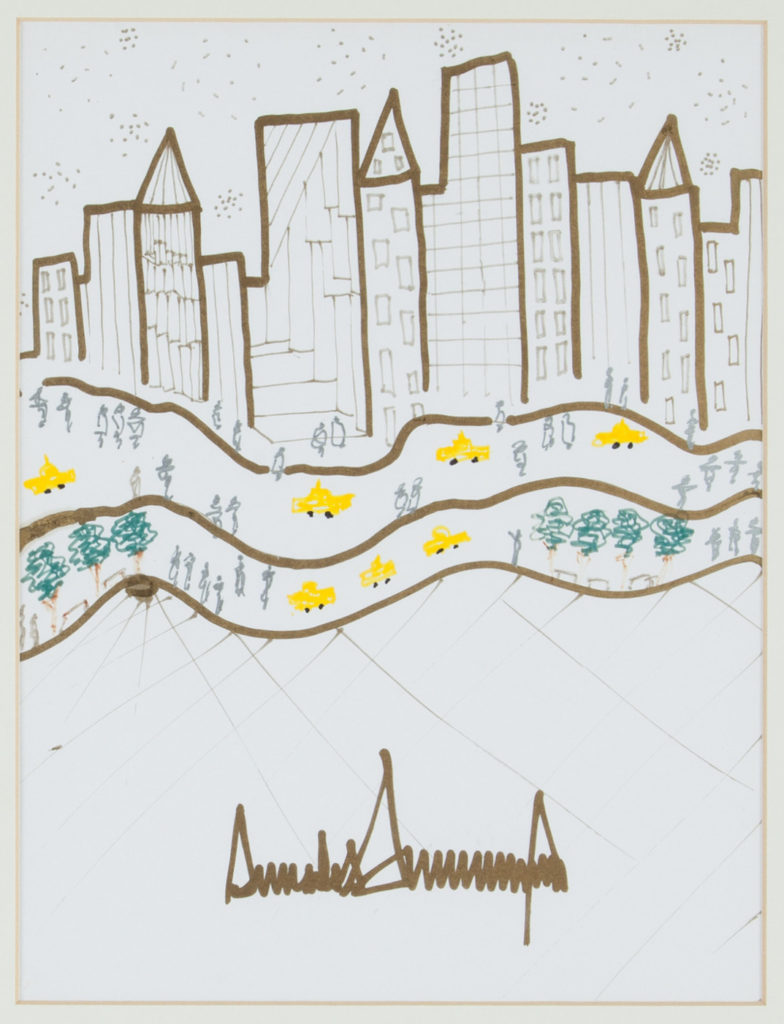
By Jim O’Neal
Bernard Baruch (1870-1965) was a financial wizard who earned his sobriquet as “The Lone Wolf of Wall Street” by sticking with his own brokerage firm. In addition to being a highly regarded financier, he became a trusted adviser to a series of U.S. presidents that included Woodrow Wilson, Franklin D. Roosevelt and Harry Truman.
On June 14, 1946, he made a speech to the United Nations Atomic Energy Commission that included a proposal (the Baruch Plan) for the United States to turn over all of its nuclear weapons if all other nations pledged not to produce them. They would also have to agree to an adequate inspection system to ensure compliance. The Soviet Union rejected the plan – despite the fact that America still had the only nuclear weapon monopoly – primarily because Joseph Stalin was paranoid about the West’s control of the United Nations.

On that same day, the future 45th president of the United States was born in the New York borough of Queens. In 2017, Donald John Trump, the oldest (70) and wealthiest to assume office, became the 19th Republican to become president. The Republican Party has won 24 of the last 40 presidential elections, the most for any party. The first was Abraham Lincoln, who became the 16th president and served until his assassination in 1865.
The Republican Party was founded primarily by anti-slavery activists, ex-Free Soilers (a single-issue party) and ex-Whigs who had thrived from 1834-1854 (electing two candidates, William Henry Harrison and Zachary Taylor to the presidency). However, both of these Whig Party presidents died in office. Millard Fillmore, who became president after Taylor’s death in 1850, was the last Whig president.
History has not been kind to Fillmore and even the Wall Street Journal piled on in 2010 by declaring that Fillmore’s very name connotes mediocrity. One bright spot of his administration that is consistently overlooked is the mission he assigned to Commodore Matthew C. Perry in 1852 to force Japan to open its ports to American trade (or else!). Perry and his fleet of American “Black Ships” with 1,600 men made gunboat diplomacy an effective strategy to force an isolationist country into international trade.
When Commodore Perry’s steamship Mississippi sailed into New York Harbor on April 23, 1855, and he hauled down his flag the following day, Fillmore was long gone. However, the expedition to the China Sea and Japan had been a rousing success. The locked gates of Japan had been opened by virtue of a trade treaty. Today, Japan is our fourth-largest trading partner (behind Canada, China and Mexico) and we have a long-standing, post-World War II security agreement where the United States is obliged to protect Japan in close cooperation with Japanese Self-Defense Forces.
Our current areas of focus are the South China Sea and the North Korean nuclear threat that (theoretically) could lead to world destruction.
The Baruch Plan was remarkably prescient in this regard, as Baruch started his speech in the most provocative way, saying, “We are here to make a choice between the quick and the dead,” and included the line, “We must elect world peace or world destruction.” The baby born while this was going on will be one of the few people directly involved in decisions that guide the outcome of these issues.
 Intelligent Collector blogger JIM O’NEAL is an avid collector and history buff. He is president and CEO of Frito-Lay International [retired] and earlier served as chair and CEO of PepsiCo Restaurants International [KFC Pizza Hut and Taco Bell].
Intelligent Collector blogger JIM O’NEAL is an avid collector and history buff. He is president and CEO of Frito-Lay International [retired] and earlier served as chair and CEO of PepsiCo Restaurants International [KFC Pizza Hut and Taco Bell].
